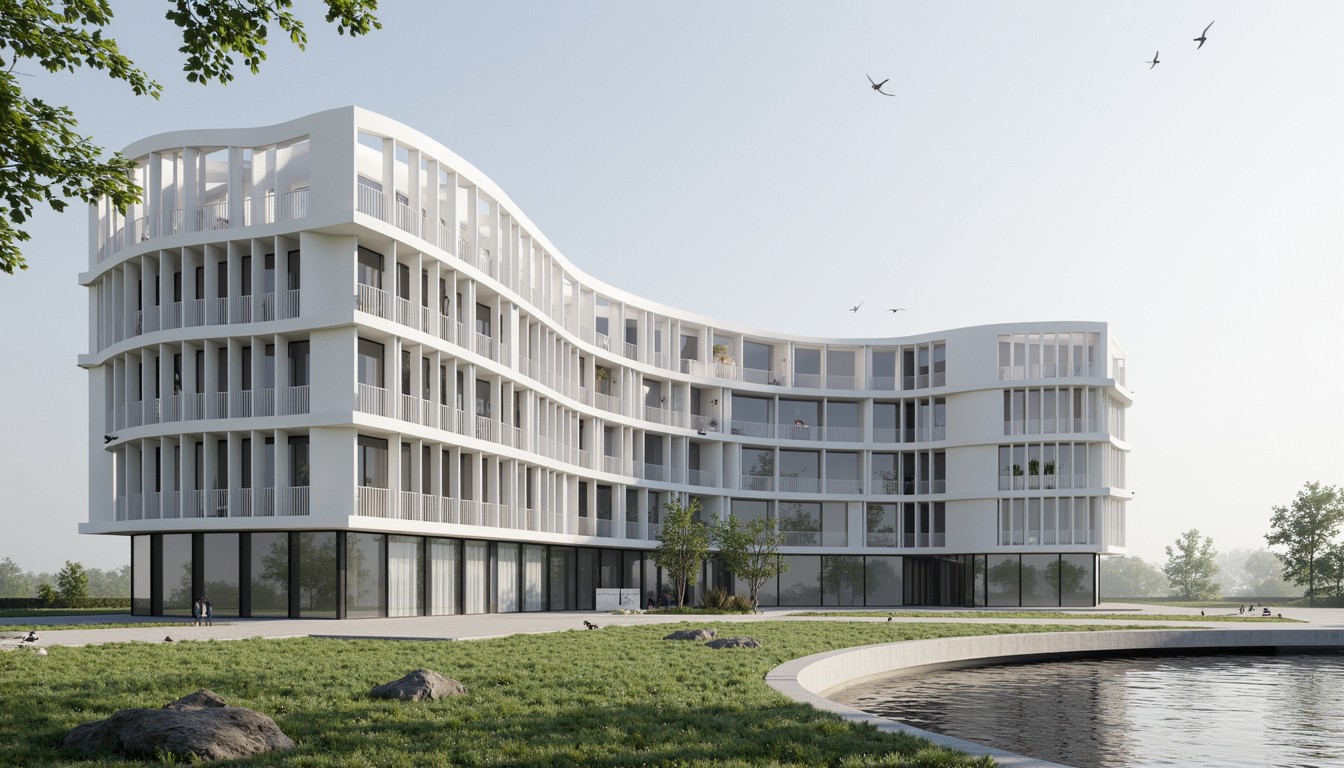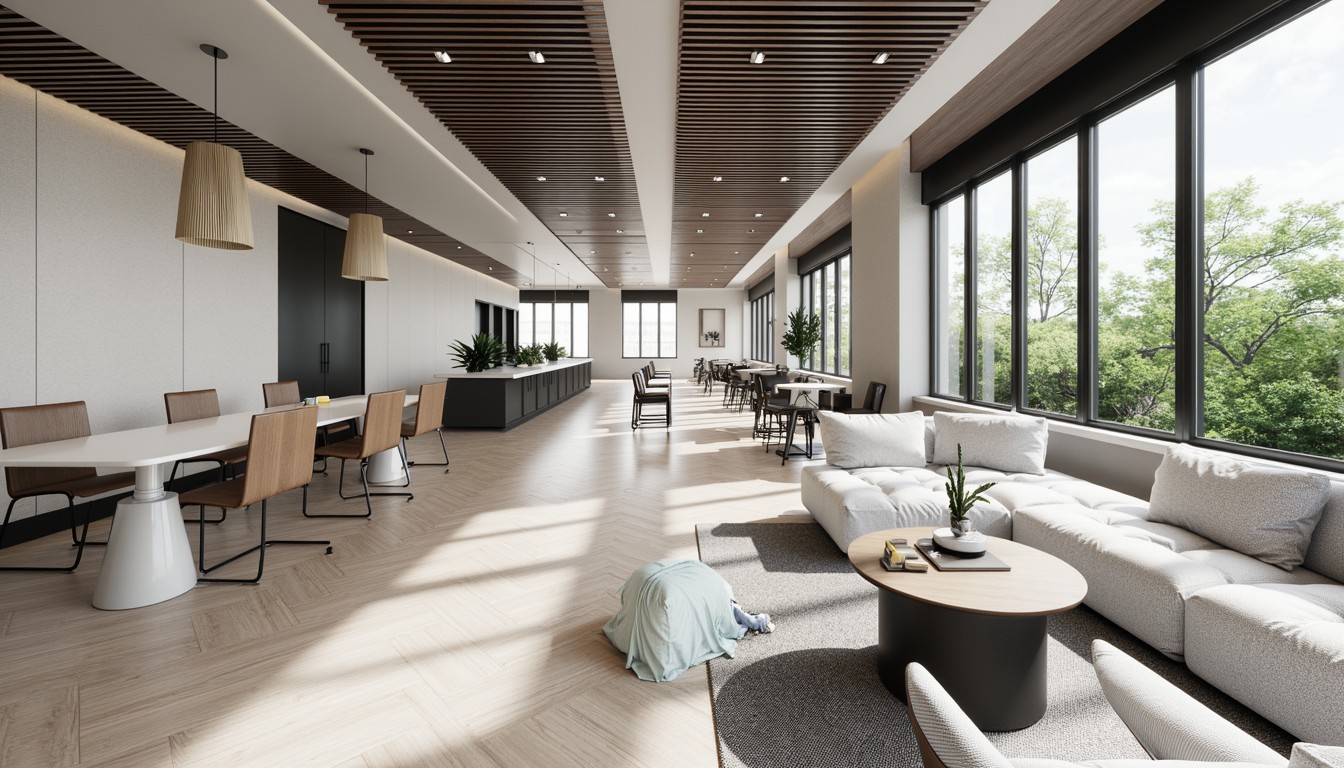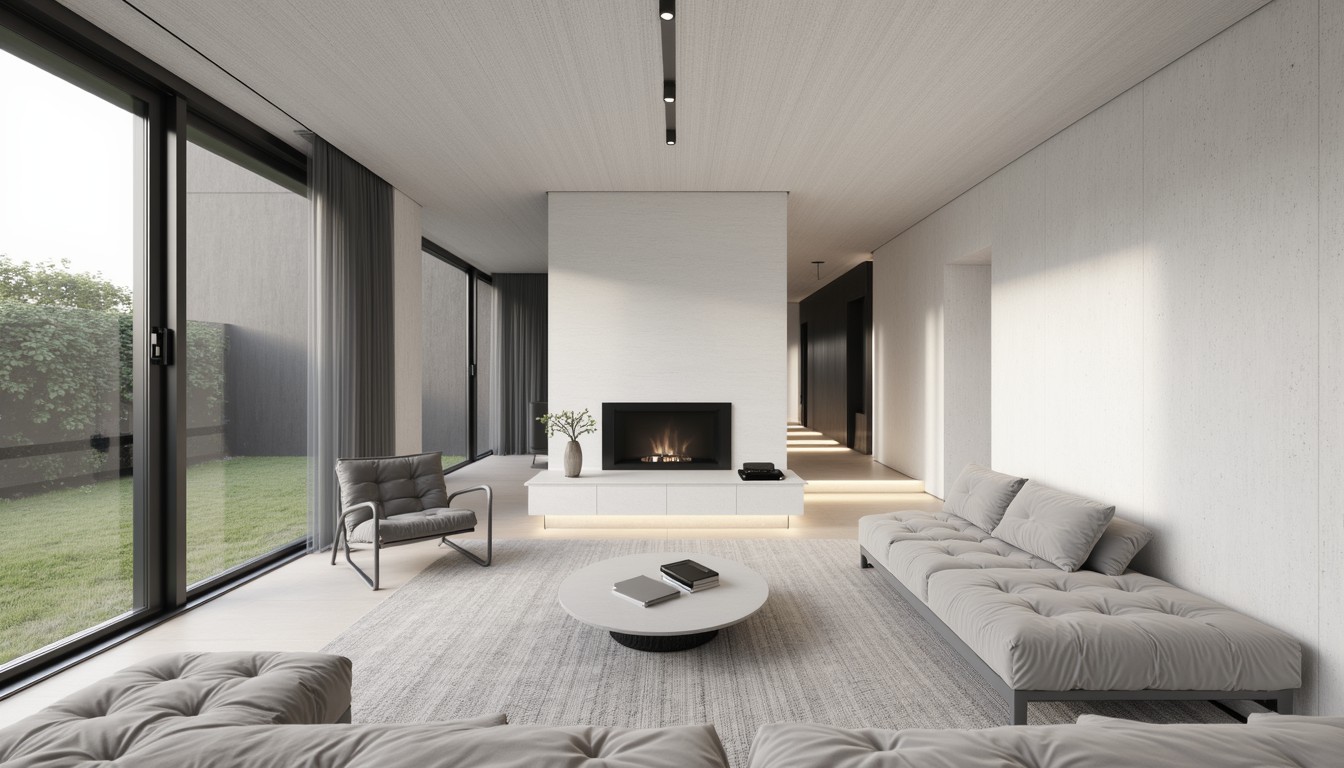Immersive Design: Revolutionizing Architecture with VR & AR
The architectural landscape is undergoing a dramatic transformation, fueled by technological advancements that blur the lines between the digital and physical worlds. At the forefront of this revolution are Virtual Reality (VR) and Augmented Reality (AR), offering architects and clients unprecedented opportunities for immersive design experiences. ArchNav is at the cutting edge, leveraging these technologies to create breathtaking visualizations and streamline the design process.
Understanding the Power of Immersive Technologies

Virtual Reality (VR) provides a fully immersive, 360-degree digital environment. Users wear a headset and are transported into a virtual space, experiencing a building's design as if they were physically present. This allows for detailed exploration of spaces, from walking through rooms to experiencing natural light and shadow interactions.
Augmented Reality (AR) overlays digital information onto the real world. Using smartphones or tablets, architects and clients can see a digital model superimposed onto their existing site, visualizing the building's scale and impact on its surroundings. This “mixed reality” approach is particularly powerful for site analysis and client presentations.
Real-World Applications of VR and AR in Architecture

1. Enhanced Client Collaboration and Communication:
Traditional architectural presentations often rely on static images and 2D plans, making it difficult for clients to fully grasp the design's vision. VR and AR offer a solution. Clients can experience the design firsthand, providing immediate feedback and fostering a deeper understanding of the project. This significantly improves client satisfaction and reduces the likelihood of costly revisions later in the process.
2. Early Design Exploration and Iteration:
VR allows architects to experiment with different design options in a virtual environment before committing to costly physical models or construction. This iterative design process leads to more innovative and efficient solutions. Architects can quickly test variations in layout, materials, and lighting, receiving instant visual feedback and making informed decisions.
3. Improved Site Analysis and Contextualization:
AR enhances site analysis by allowing architects and clients to visualize the proposed building within its actual environment. They can see how the building interacts with existing structures, landscaping, and surrounding views. This helps in identifying potential conflicts and optimizing the design for its specific context.
4. Enhanced Construction Planning and Management:
VR can be used to create immersive walkthroughs of the construction site, allowing contractors and workers to familiarize themselves with the project before construction begins. This minimizes errors, improves safety, and speeds up the construction process. AR can also be used on-site to overlay digital plans onto the physical space, guiding construction and ensuring accuracy.
5. Marketing and Sales:
For developers and real estate agents, VR and AR offer powerful marketing tools. Potential buyers can experience the property virtually, enhancing their understanding and creating a more compelling sales pitch. This can shorten sales cycles and increase property values.
The ArchNav Advantage: Pushing the Boundaries of Immersive Design

ArchNav leverages the latest advancements in VR and AR technologies to deliver exceptional architectural visualization services. Our team of experienced professionals combines artistic vision with technical expertise to create immersive experiences that are both visually stunning and functionally informative. We understand the nuances of architectural design and strive to create experiences that accurately represent your vision and engage your clients on a deeper level.
We utilize cutting-edge software and hardware to ensure the highest level of realism and detail in our VR and AR projects. Our process is collaborative and iterative, allowing for continuous feedback and refinement throughout the project lifecycle. We are committed to providing our clients with the tools they need to make informed decisions and bring their architectural visions to life.
Conclusion: Embracing the Future of Architecture
VR and AR are no longer futuristic concepts; they are powerful tools reshaping the architectural design and construction industry. By embracing immersive design techniques, architects can enhance client collaboration, streamline the design process, and create more innovative and impactful buildings. ArchNav is committed to leading the way, empowering architects with the technology and expertise they need to succeed in this evolving landscape. Contact us today to discover how we can help you leverage the power of immersive design for your next project.
